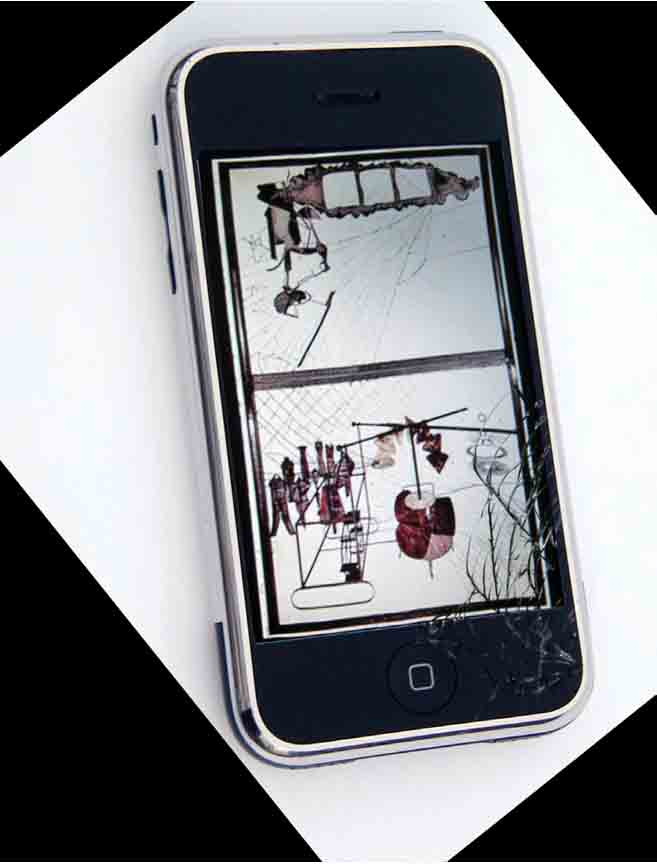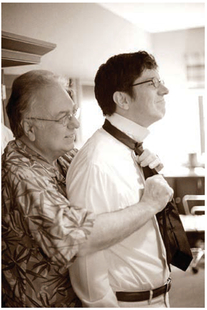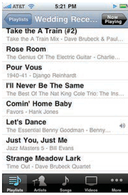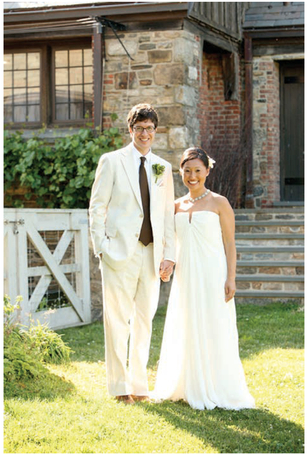Ethan Ham
The Small Glass (after Duchamp)

The Small Glass (after Duchamp), 2009
BY ETHAN HAM
Conceptual Artist, Professor
Egremont, Massachusetts
Conceptual art and art history merge in the accident that is broken glass.
On my wedding day, I plugged my iPhone into the restaurant’s sound system to play music during the reception dinner. My bride and I were leaving the venue when I realized the phone was still playing music. I juggled the phone out of my pocket, dropped it on the cobblestone sidewalk, and cracked the glass.
Perhaps the joy of the evening affected my outlook, but I immediately decided I liked—even preferred— the (literally) cracked iPhone. The phone still functions perfectly, but now it is unique. Besides the formal aesthetic of the cracked glass, I find a moralistic gratification in continuing to use the phone—the crack counters the sense of conspicuous consumption I used to feel every time I pulled out the phone.
The pleasure I found in the cracked glass reminded me of Marcel Duchamp’s The Bride Stripped Bare by Her Bachelors, Even—a work that is also known as The Large Glass. This glass artwork accidently cracked while being transported. When repairing it, Duchamp decided that he liked the chance element of the cracks and kept them as part of the work.
Very shortly after cracking the iPhone, I downloaded a photograph of The Large Glass and set it as my wallpaper. Whenever a bystander comments on my iPhone’s cracked glass (which happens fairly frequently), I say that it is an artwork. Sometimes I go as far as explaining that it is a “readymade aided”. The Small Glass (after Duchamp) is an artwork that is not on, but of, an iPhone.
Prior to my wedding, I had been planning to make some iPhone-based artwork and had been playing around with programming the phone. Before becoming an artist, I worked in the computer game industry as a game designer and programmer, so an interactive iPhone artwork seemed a natural path. But in the end, a Duchampian gesture of declaring the phone itself an artwork satisfied my desire to create something that uses the unique characteristics of the phone.

Any one of these reasons can be the answer to “Why do it on an iPhone?” But it’s worth repeating the question and thinking about creating artworks that resonate with the phone around them.






